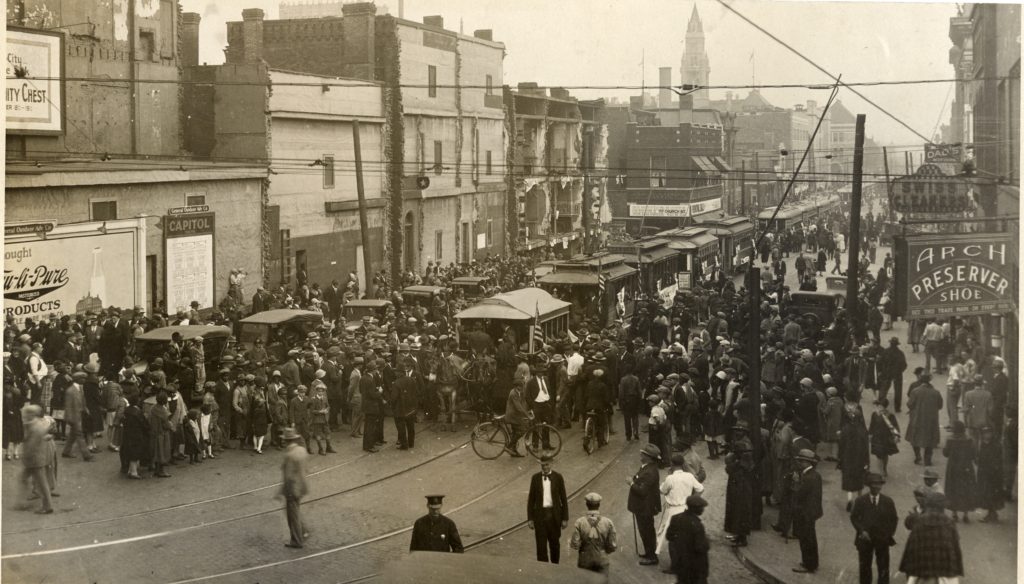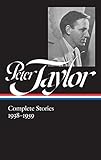Nobody wants his mule and wagon stalled on the same track the Dixie Limited is roaring down,” Flannery O’Connor commented when asked about William Faulkner’s influence on fiction writers from the American South. Faulkner’s eminence as the South’s greatest writer was perhaps less pressing for the young Peter Taylor (1917–1994) than for the two other most prominent Southern fiction writers of his generation, O’Connor and Eudora Welty. The “anxiety of influence” might have been more of a worry for Welty and O’Connor, whose territory was, like Faulkner’s, the rural Deep South. For himself, Taylor staked out the Upper South, particularly the three cities he grew up in—Memphis, Nashville, and St. Louis.
Taylor was the scion of a legendary Tennessee political family, and his grandfather served as a U.S. Senator, so there is also a Washington connection in some of his books. While his urban, upper-middle-class characters often trace their descent from Old South aristocrats, they navigate their way through a world that would hardly be recognizable to Faulkner’s Compsons and Sartorises or to the sharecroppers, small-town residents, and rootless drifters of O’Connor’s and Welty’s stories. In Taylor’s world, substitute a chauffeur- driven Packard limousine for O’Connor’s mule and wagon.
Thefamily was always Taylor’s focus. Unlike John Cheever, whose family unit generally encompassed just the married couple itself—often adulterous, soon to be divorced, or otherwise troubled—Taylor’s purview took in the extended family of children, servants, grandparents, and distant cousins. The apparent stability and serene exteriors

